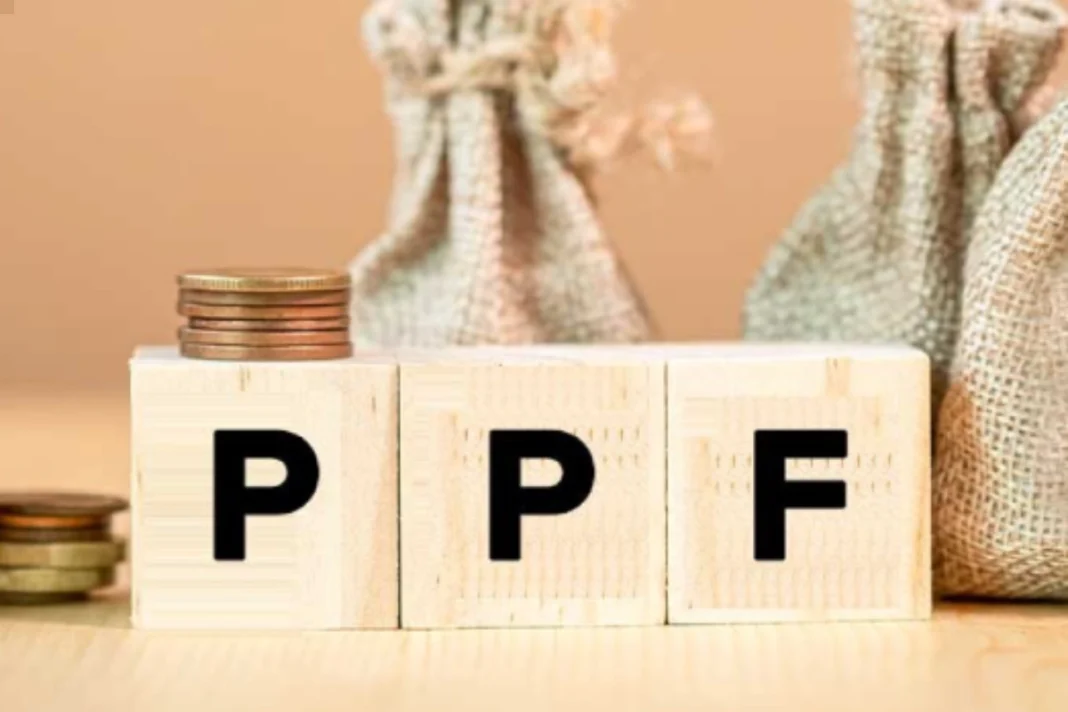Public Provident Fund: The Public Provident Fund (PPF) offers a 7.1% annual compound interest rate as part of a guaranteed return programme. In addition to being a well-liked retirement fund scheme, it also qualifies for an Income Tax Act Section 80C tax reduction of up to Rs 1.50 lakh. A minimum of Rs 500 and a maximum of Rs 1.50 lakh can be invested in PPF. The plan has a 15-year maturity, not including the account opening fiscal year. Additionally, account holders can access loans and partial withdrawals using it. These are a few of the explanations for why so many investors swarm to PPF investments.
Guidelines for PPF investments
The annual maximum of Rs 1.5 lakh may be deposited in many payments or as a single lump sum. Nevertheless, in order to keep your PPF account active, you must contribute at least Rs 500 annually; otherwise, the bank or post office will close it. Nevertheless, the account can be kept open with a minimum deposit of Rs. 500 and a default cost of Rs. 50 for each year that the default occurs.
Although the PPF system has a 15-year maturity period, the account can be kept open after that time. There are numerous investing opportunities where one can grow their money even if they decide not to keep their account open. We will inform you about those alternatives in this article.
How can your fund expand even more?
- Obtain a longer term of employment: You may choose to keep your fund open for an additional five years. Within a year of maturity, you must notify your bank or post office if you wish to invest money in it. You can also choose to extend without paying a deposit. Even under those circumstances, interest will be paid to you. In addition, the annual withdrawal amount you make from your Provident Fund account will be tax-free.
- Invest the funds elsewhere: Your maturity amount, if you choose to withdraw your investment after investing Rs 1.50 lakh annually for 15 years, will be Rs 40.68 lakh. You may want to consider investing money in other ways as it will be free from taxes. Among the potential investing choices are:
Real Estate
One of the most reliable investment options is real estate, which can appreciate several times in a short period of time. Purchasing a home, farm, or flat is one way to invest in real estate. You can buy in Tier-1 and Tier-2 cities if you cannot afford a house in a metropolitan area. Real Estate Investment Trusts (REITs) are an indirect real estate investment vehicle that allows you to make minor, perhaps highly appreciated real estate investments in the event that you believe investing in real estate can be risky and the project is delayed.
Debt Funds
65–75 percent of the assets in debt mutual funds are allocated to corporate and government bonds and securities. Compared to large-, mid-, and small-cap mutual funds, they pose less risk and can yield low but consistent returns.
Balanced Advantage Funds
Dynamic mutual funds, which divide your investment between debt and equity based on market value, are an excellent option if you’re willing to take on significant risk. You may anticipate long-term returns on your investments of 11–12% percent.
Keep watching our YouTube Channel ‘DNP INDIA’. Also, please subscribe and follow us on FACEBOOK, INSTAGRAM, and TWITTER


